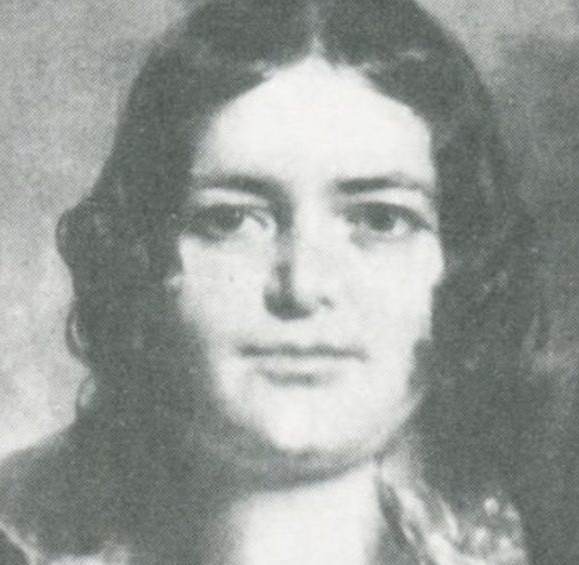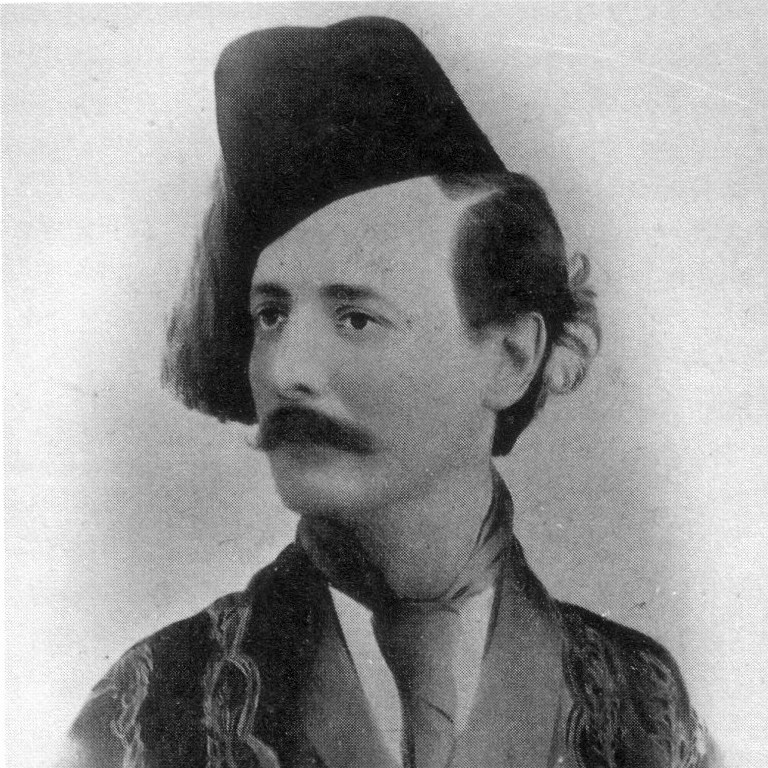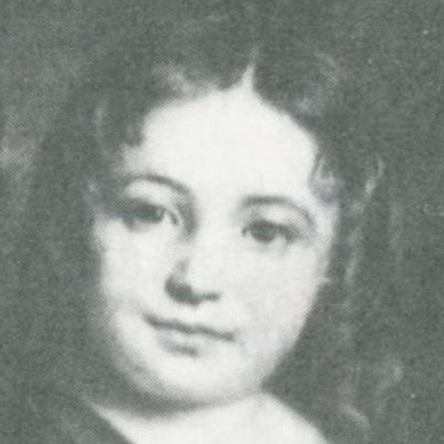From Apodoulou village to the London salons…
Kallitsa and Robert tell us their story..
When the army approached Apodoulou, all the villagers left our homes. The women and children hid in various hiding places and the men fortified themselves on the hillside above the settlement.

I hid together with my brothers and our mother in a hut on the plain, away from the road where the army would pass. We were curled up next to each other and kept absolutely quiet so that no one would notice us.

However, 2 soldiers who had strayed from the rest of the village discovered us. They entered the hut and as soon as they saw us they grabbed us violently and forced us into a cart with other prisoners.

Finally, my mother and my younger brother, Stavroulio, were released. As the cart was leaving, I still remember my mother running after us in vain, crying and begging the soldiers to release us.

… I was separated on the way from my brother George, whom I never saw again since then. Then, together with other Cretan girls, we were taken to Chania and from there to Alexandria in Egypt, where we were sold in a slave market. I was very scared and I was crying all the time.

My new home was very nice, but I was missing my parents and siblings a lot. I still remember how homesick I was feeling at the beginning. Fortunately, thanks to my new bosses, I got used to it quickly and they greatly appreciated my intelligence and sent me to school, where I became fluent in English.

By the time I turned 16, I was not only beautiful but also educated, and I could easily have conversations in London’s aristocratic circles. I remember that at a reception I met the charming Lord Robert Hay, son of the Scottish admiral of the English fleet, John Hay.

When I met Kallitsa I was still serving as an officer in the English navy. I was very impressed by her exotic beauty and personality. We fell in love immediately and after a while, I asked her to be my wife.

I accepted with enthusiasm! Robert was the most educated and polite young man I had ever met. We lived very happily together and had four children.

However, we were not an ordinary couple. I used to go to Egypt for excavations and Kallitsa followed me on these missions, where we had exciting experiences together!

20 long years had passed but I never stopped missing my family in Crete so, when the fleet ran aground on Souda port, I begged Hay to help me find my family again.

I asked myself the Turkish commander of the island to help us find Kallitsa’s father. He accepted and after a few days, my father-in-law appeared in front of us.

I will never forget the moment I saw my father. At the beginning, he didn’t recognize me of course, since he hadn’t seen me since I was a little girl. Thus, he started asking me various things about our house in order for him to make sure that I was his lost daughter. Of course, I remembered everything, even the carob in our yard.

My father begged me to go with him to Apodoulou but the fleet had to depart so before leaving, I promised him that I would return soon to Apodoulou to see my mother and little brother, whom I loved and had missed so much.

It was the first time I visited the birthplace of Kallitsa. At first, I felt a little awkward, but the hospitable inhabitants of Apodoulou made me feel very welcome quickly.

I decided to build a beautiful, noble house here in order for us to spend the summers together with our children near my wife’s family.

The construction of the house was undertaken by the most famous craftsmen from Karpathos island. Soil from Santorini and marble from Malta were also used for building it.

My anxiety when we were approaching Apodoulou, where I hadn’t been for over 20 years, was enormous. My heart was about to explode when I was thinking that I would see my mother and my little brother again.

The moment of our reunion was very emotional. My wife fell into her mother’s arms. Both of them were crying with joy for a long time.

Mom was so happy to see her family from Crete again. We children were also very happy to finally meet our grandfather Alexandris, our grandmother Angeliko and our uncle Stavroulio.

Our first family visit to Apodoulou was unforgettable. Since then and every summer, we were coming to the village and we were staying in our beautiful tower house.

We lived the most carefree summers with Robert and the children in this wonderful house, next to my parents and Stavroulio.

It was difficult for her to travel without Robert in the still Turkish occupied Crete. Such a journey at that time was lasting many days while it was difficult but also dangerous.

When the Turks tried to suppress the revolution in Apodoulou, my brother Stavroulio raised the English flag on the roof of our house for protecting it from their wrath, but he did not succeed.

At some point, when the soldiers were surrounded by the rebels, they fortified themselves inside our house, which was the largest and strongest one in the village. Stavroulio, together with the Cretan rebels were prepared to burn it down with the Turks inside. Fortunately for our mansion, the enemies abandoned it at the last moment so, it was saved.

